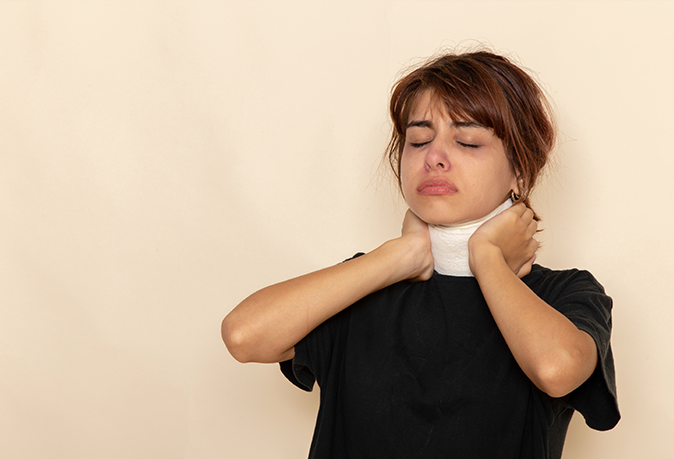Strep Throat
Common STD (unknown std from intercourse with anonymous partner)
Have you been exposed to a person with an unknown STD status, or exposed to an anonymous person that may have a STD? You may start experiencing symptoms of urethritis, burning with urination, painful sex, vaginal odor or discharge. You may also be infected but asymptomatic (showing no symptoms).
You may use this form for confidential treatment if you have had unintentional sexual intercourse or contact (e.g. rape or sexual assault victim). We provide treatment for the most common treatable diseases like chlamydia, gonorrhea, trichomoniasis, and syphilis. We follow CDC recommended treatment guidelines.
Start Now Only $30
Testimonials
what our clients say
24hrurgentdoc, an innovative healthcare solution, offers virtual clinic services for doctors and remote consultation for patients, allowing them to receive instant care anytime, anywhere. Your online medical treatment is just a few clicks away.
Teeth infection
Absolutely amazing! If I could give 10 stars, I would do so. I don't usually review companies or products, but I am so completely impressed that I had to share. I have an infection under an implant that was installed many years ago. I found 24hrurgentDoc online, and I had never tried an online doctor before.
Judy Griggs
Excellent in all ways
Got my wife antibiotics for a tooth infection while she waited for her Dentist appt in a few days. 24hrurgentDoc called in the meds within an hour and half of paying for their service on a Tuesday night and we had the meds in hand within 2 hours. Will definitely be recommending them to my friends and fam in the future!
Josh Bowe
Excellent
I highly recommend this company for your online medical needs. If you want refills on any medication you fill out a consultation and you’re attended to very promptly . Hassle free service and very professional medical staff.

 19 Oct 2024
19 Oct 2024